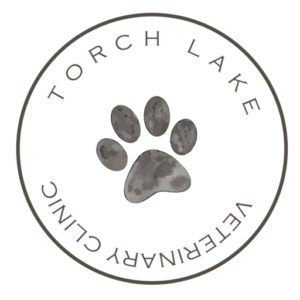Library
-
Purebred dogs from a breeder have a documented family history and known background. For families who have opted for this way to add a dog to their family (if a shelter or rescue dog isn't in the cards), make sure you and the breeder take time to get to know each other to make sure that the family and dog are the right fit together.
-
Pain can be difficult to detect in older dogs. It is important for dog owners to recognize subtle signs of pain in their dog, such as slowing down on walks, unwillingness to play, reluctance to sit or stand, limping or weight shifting, and sensitivity to touch on being picked up. If any of these behaviors are observed, your dog should be evaluated by your veterinarian and a pain management plan devised.
-
Most dogs need to have their nails trimmed approximately once a month. Dogs that are frequently walked on pavement or concrete may be able to go longer between nail trims. Dogs that are inactive or do not spend any time on hard surfaces may even need nail trims a bit more frequently. This article gives advice on how to safely trim your dog’s nails at home.
-
Training a dog to understand human communications is easier when we consider how our tone and volume influence our message. Verbal commands will be interpreted differently by your dog depending on how they hear it. Just remember, it’s not just what you say….it’s how you say it.
-
This handout outlines the recommended steps to train and condition your dog for taking your dog hunting. It discusses the two main types of hunting dogs (hounds and gun dogs). Recommendations on what to ask your veterinarian before taking your dog hunting are also included.
-
Hyaluronan topical (Optixcare wipes®) are used to remove sticky mucus, eye secretions, and crusty debris from around the eyes of dogs, cats, and other small pets. They contain chamomile and hyaluron, which are gentle cleaning supplements. They are used to manage tear staining around the eyes in pets prone to this condition.
-
Hyaluronate sodium ophthalmic (Remend®, I-drop®, Oculenis®) is a lubricating topical eye drop. It is used in dogs and cats to help lubricate and moisturize the eye and to minimize dryness and irritation. It is often used to support pets with decreased tear production, such as pets with keratoconjunctivitis sicca (dry eye). Hyaluronate sodium ophthalmic drops can be used to accelerate healing for pets with eye injuries.
-
Hydralazine is given by mouth and is used off label to treat high blood pressure and some causes of heart failure in cats and dogs. Side effects include decreased appetite, vomiting, and/or diarrhea. Do not use in pets that are allergic to it or in pets with heart vessel disease, low blood pressure, severe dehydration, or severe blood loss.
-
Hydrocephalus is an excess of cerebrospinal fluid (CSF) that has leaked inside the skull, leading to brain swelling. There are two main types of hydrocephalus in dogs: congenital and acquired. Small, miniature, toy, and brachycephalic breeds seem to be more affected. Signs, diagnosis, and treatment are outlined. Your veterinarian will discuss your pet's prognosis and treatment options based on its individual condition.
-
Hydrocodone + homatropine oral is a combination antitussive (cough suppressant) medication used to treat coughing in dogs. It contains an opiate narcotic (hydrocodone) and an anticholinergic (homatropine). It is used off label (extra label) in veterinary medicine. Hydrocodone + homatropine oral comes in oral forms.


